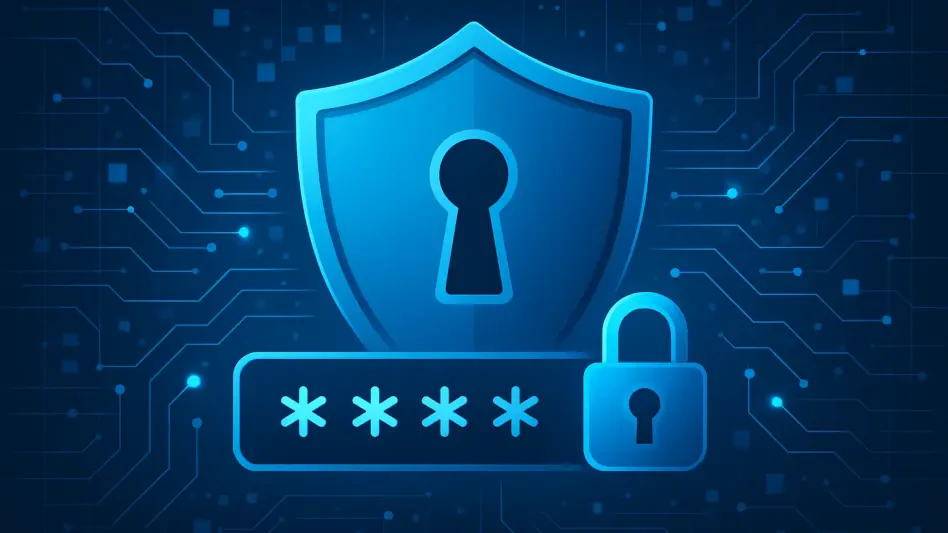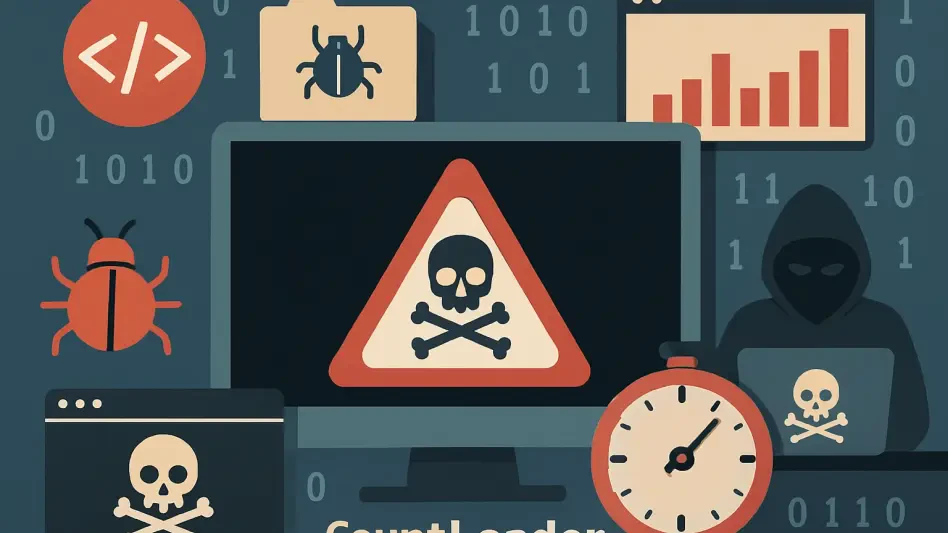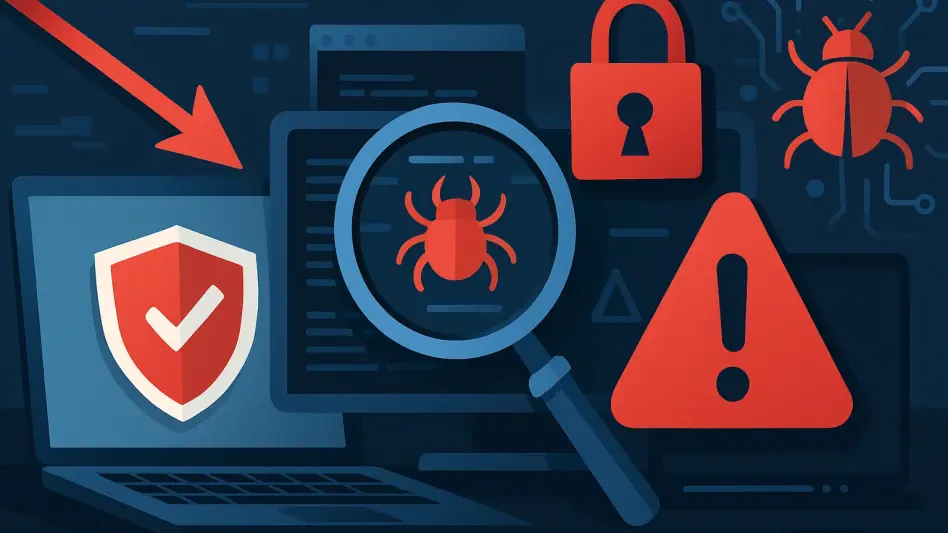Valentine’s Day, a time traditionally associated with love and romance, has become an opportunistic moment for cybercriminals to ramp up their malicious activities. Leveraging the heightened emotions and urgency tied to this holiday, these attackers craftily employ social engineering and impersonation tactics to deceive unsuspecting users. By exploiting the sentiments surrounding Valentine’s Day, these malicious actors can make an otherwise cautious individual drop their guard. The sophisticated deception techniques used in these phishing scams make it imperative for everyone to be vigilant at this time of year.
Exploiting Valentine’s Day: A Prime Opportunity for Phishing
Valentine’s Day presents a unique opening for cybercriminals keen on manipulating the emotional states of individuals eager to celebrate love. By tapping into the anticipation, excitement, and sometimes desperation that surrounds this day, attackers can substantially increase the success rates of their phishing campaigns. The heightened emotions associated with Valentine’s increase vulnerability, making users more likely to click on malicious links or part with sensitive information.
The KnowBe4 Threat Research team identified a substantial 34.8% surge in Valentine-related threat traffic in February 2025. This spike in activity is a result of the deliberate and strategic timing of phishing campaigns, which often commence later but are much more concentrated than in previous years. Specifically, between February 2nd and 11th, there was a marked increase in phishing emails referencing Valentine’s Day, pointing to a meticulously planned effort by cybercriminals to exploit the season’s emotional intensity.
Techniques Used in Valentine’s Day Phishing Scams
One of the primary techniques employed in these Valentine’s Day scams is the use of single-image emails. These emails are crafted to appear legitimate while stealthily concealing malicious intent. This type of obfuscation effectively hinders traditional detection mechanisms used by Microsoft 365 and Secure Email Gateways (SEGs). By incorporating a single image in the email, attackers can bypass security filters that generally scan for harmful content, increasing the odds of a successful phish.
Another prevalent method is ‘typosquatting,’ which involves subtle alterations to domain names to closely mimic legitimate sites. This deception tricks recipients into believing they are engaging with a trusted brand. For example, a phishing email might appear to originate from “Hilton,” but use a domain like “Hilt0n.com.” These small yet impactful changes often go undetected, leading to successful phishing attempts that manipulate brand trust to harvest user credentials or spread malware.
Brand Impersonation and Social Engineering
To exploit user trust further, cybercriminals often impersonate well-known brands during Valentine’s Day. Commonly impersonated brands include Hilton, Marriott Bonvoy, Walmart, Amazon, and 7-Eleven. These brands are purposefully chosen due to their widespread recognition and consumer trust, raising the likelihood of recipients falling for the scam.
An illustrative example of such an attack involved an email purportedly from Marriott Bonvoy. The phishing email presented recipients with an alluring exclusive Valentine’s Day deal, leveraging urgency as a psychological trigger to prompt swift action. Should the target click on the embedded link, they are redirected to a malicious site guarded by a Captcha designed to thwart security scans. This crafty mechanism can potentially lead to credential harvesting or opportunities for malware installation, posing severe security risks to the victim.
Combining Seasonal Events for Maximum Impact
The cunningness of cybercriminals escalates through the strategic combination of seasonal events to maximize the impact and relevance of their scams. A prime example was the overlap of Valentine’s Day with Super Bowl Weekend, which provided an optimal scenario to target both events simultaneously. Phishing emails that impersonated the NFL were employed to deceive users, utilizing urgency and the allure of rewards to prompt hasty responses.
Despite their often less sophisticated appearance, these attempts effectively exploit psychological triggers like urgency and exclusive offers, making them potent despite their simplicity. By targeting multiple events concurrently, attackers significantly heighten the probability of their phishing campaigns achieving success, catching users off-guard with the dual relevance of the content.
Rise in Dating App Impersonations
Recent trends reflect a notable rise in attacks impersonating dating apps, particularly evident over the past year. This development underscores how cybercriminals continuously refine their methods to exploit holidays and events imbued with heightened emotional resonance. The 43% increase in such impersonations highlights the effectiveness of targeting seasonal triggers, notably around Valentine’s Day.
Dating apps become particularly vulnerable during this romantic season, as users actively seek connections and are consequently more susceptible to phishing attempts. Cybercriminals exploit this increased engagement by sending emails that purport to be from popular dating apps, enticing users to click on malicious links or divulge personal information. The surge in these targeted phishing schemes underscores the perpetual adaptability and cunning of cyber attackers.
Defense Mechanisms and Strategic Approaches
In the face of advancing and increasingly sophisticated cyber threats, particularly those timed with Valentine’s Day, a robust dual approach is necessitated to battle these dangers effectively. This approach involves both comprehensive end-user education and the deployment of advanced technological defenses to construct a formidable line of defense. One cornerstone of this strategy is ensuring that users are well-informed about identifying phishing attempts. To this end, training programs that simulate phishing attacks can be instrumental in helping users recognize and avoid falling prey to these deceptions.
Furthermore, the implementation of intelligent, AI-driven detection systems is crucial in creating a resilient defense framework. Leading threat detection platforms, such as KnowBe4 Defend, operate by integrating holistic analysis that encompasses scrutinizing subject lines, sender profiles, and email composition. These systems are adept at identifying and neutralizing attacks that manage to slip past conventional security measures, thereby bolstering an individual’s or organization’s defense against these continually evolving threats.
Continuous Vigilance and Cybersecurity Awareness
Valentine’s Day, traditionally a celebration of love and romance, has unfortunately become a prime opportunity for cybercriminals to intensify their malicious endeavors. These criminals exploit the emotional and urgent nature of the holiday, skillfully using social engineering and impersonation tactics to mislead unsuspecting individuals. By tapping into the sentiments associated with Valentine’s Day, these malicious actors manage to lower the defenses of even the most cautious people. These phishing scams often involve sophisticated deceits that can easily catch someone off guard.
It’s important to be extra vigilant during this time of year. Cybercriminals might send out fake romantic messages, enticing users to click on seemingly innocent links, which can then lead to malicious websites designed to steal personal and financial information. They may also pose as legitimate businesses offering special Valentine’s Day deals, urging quick action to snag limited-time offers, thereby tricking users into sharing sensitive data.
Beyond just emails and fake websites, scammers also exploit social media, sending direct messages that appear to be from friends or loved ones, again with the same malicious intent. It’s crucial to verify the legitimacy of unsolicited messages, offers, and links. Being aware of these tactics and exercising caution can help prevent falling victim to these scams, ensuring that Valentine’s Day remains a celebration of love rather than a target for deceit.







